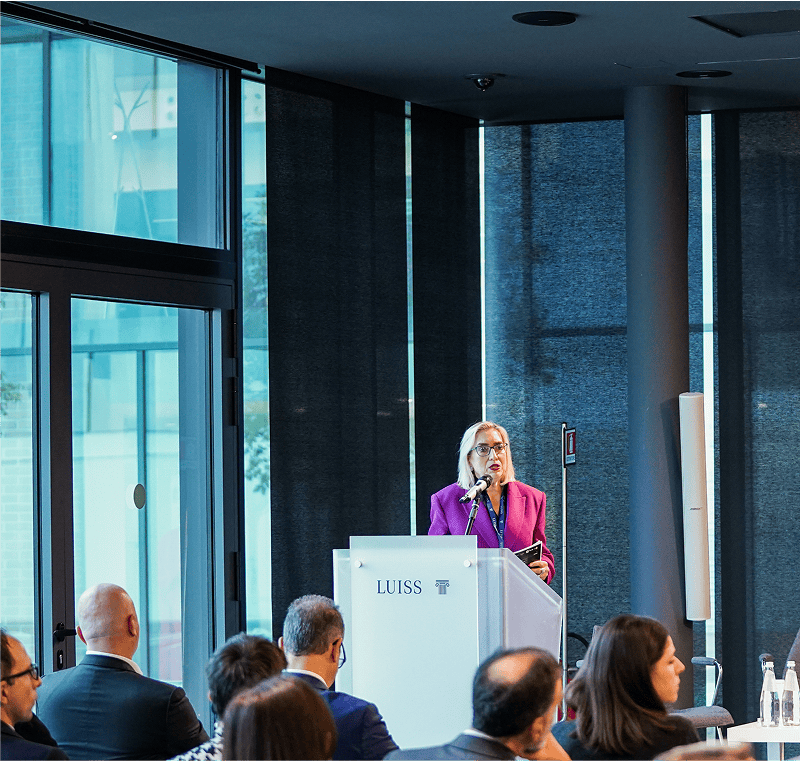Today we are facing another change of course with apparent and partly still blurred contours: we live in an era of multiple shocks, in which international relations change and, with them, the global economy – Who wins and who loses in the trade war between the US and China.
The year 2023 is heading into two new paradigms for the international scenario: the global poly-crisis and the new cold war between the US and China. Paradigms that come at a stage of the economic cycle in which the International Monetary Fund’s (IMF) reassurances on the risks of recession do not change a geopolitical picture in which the advanced countries will halve their economic growth in 2023 to 1.2% from 2.7% in 2022. Leaving the limelight once again to India and China to lead the redemption of the other emerging countries, which have reacted to the surge in inflation, and the ensuing energy and food crises, with significant delay and persistent difficulties, but without losing a still powerful political alliance. And if Trump had begun the phase of closing the US market, more ‘glocalised’ than ever, by exiting the Trans-Pacific Agreement, his successor would have continued along the same path by intensifying the confrontation/clash with China.
The new phase of globalisation is called delocalisation
Textbook globalisation – measured by the spread of international trade and the opening up of global international markets – has followed various phases over the past two centuries, parallel to the industrial revolutions that have defined its acceleration through the productive, technological and even the advent of artificial intelligence. And since we have entered a new phase, called Industry 5.0, where the technology that dictated the debate at the pre-Covid Davos Meeting goes hand in hand with human endeavour towards sustainable planetary welfare, I think globalisation has entered a new phase and has shown a level of costs and disadvantages that are higher than the advantages it had brought so far. Where it is the countries that develop technology, including infrastructure and the payment system, that dominate over the others that are succumbed to nefarious climate changes and production value chains that shorten to their detriment. Globalisation has affected workers and states that have not freed themselves from production models crushed by competition on low-cost products, causing more inequalities within these countries than between governments.
Those that have been able to invest or already had a solid welfare state have been strengthened. But, on the other hand, the weaker, even politically and less wise, have suffered and lost any net benefit from global openness.
Who wins and who loses in the US-China trade war
By contrast, the case of Vietnam is emblematic and a winner. With lower wages than China and a high literacy rate and skilled workers, Vietnam has focused on electronics, doubling its exports in ten years and taking advantage of those US sanctions against China that have convinced many companies, from Apple to Nike, to relocate, as opposed to China’s choice itself.
The battle by dint of the Chips Act, and therefore billions in dedicated investment – $280 billion from the US and €43 billion from the European Union – goes to the heart of the matter: easing the dependence on China that has now been brought about on several fronts, not least that of the digital currency.
The war between the US and China for technological dominance
In a system that is becoming increasingly polarised with a governance that is losing its identity – with NATO and the G20 unable to take a decisive stance on the war, which has been going on for a year, or on the climate -, the American and Chinese governments are playing a game above all on technological dominance, which is also characterised by the phenomenon of reshoring, i.e. the opportunistic relocation of companies that choose countries that offer production factors and optimal fiscal conditions towards a new global logistics for the ‘lucky’ few.
For Italy, a pinker future
Italy, for its part, is pardoned by the IMF, avoiding negative growth on paper for now in 2023, but in the race to employ quality human capital, it loses the game with the more than 6 thousand ex-pats. Resources with a high technical specialisation that would undoubtedly come in handy for a country that, after the post-Covid digitalisation push, risks sitting back on the laurels of an enviable macroeconomic hold, superior to other European partners, but which needs long-term commitment on the chapters of renewable energy and digital infrastructure, with full implementation of the PNRR.
The ECB remains on the shield
In this new global risk where the financial markets look favourably on mortgage rates falling, interpreting a ‘softer’ change of course by the Central Bank, the ECB remains on the shield. At the same time, the EU launched a new Agenda for the Future based precisely on innovation, research and highly specialised industrial design, also thanks to establishing a Sovereign Wealth Fund.
The watchword: take into account the tailwinds of inflation and manage this new phase of uncertainty that is undoubtedly ‘globalised’, concerning global supply chains that can only return to dispensing widespread benefits with sustainable and far-sighted policies.











